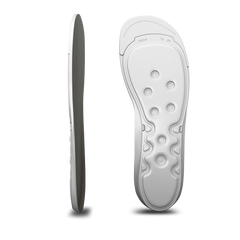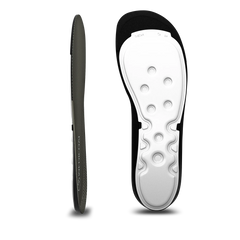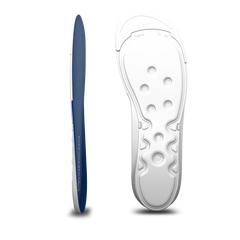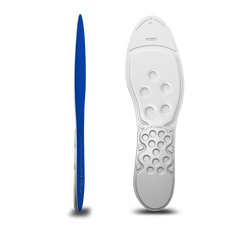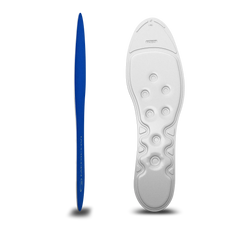Diabetic polyneuropathy represents the most common and severe complication of diabetes (Diabetes Mellitus - DM). Almost every diabetic will develop some form of neuropathy.
Diabetic Polyneuropathy
"Diabetes is considered the epidemic of the 21st century. In Slovakia, around 350,000 patients suffer from it. Another estimated 150,000 people have the disease but are undiagnosed."
- President of the Slovak Diabetological Society (SDS) Associate Professor Emil Martinka.
The main symptoms of neuropathy are: sensory disorders, decreased pain perception, muscle weakness, and muscle atrophy. Patients typically experience pain, especially at rest and during nighttime: numbness, tingling, and pins and needles, fatigue, and balance issues. They also frequently complain about a burning sensation in the feet. The pain starts in the soles and arches of the feet, and gradually spreads upward.

Diabetic foot syndrom
With diabetic foot syndrome, secondary infections can easily arise, which often lead to amputation. Immediately after amputation, approximately 23% of diabetics die, and only 61% of diabetics survive three years after the amputation. More than 60% of diabetic patients have to undergo the amputation of a second limb within four years after the first amputation.
Sensory Therapy with Water Waves
Whenever the body's center of gravity shifts even slightly, an instant chain of water pressure waves is created. These waves are transformed into a soft EVA insole for pressure relief, which gently yet powerfully massages the foot soles with water waves.
Through the distribution of pressure waves, the duration of strain on specific parts of the foot is reduced. Frequent alternation of tension and relaxation leads to a restriction of blood flow and energy supply to the cells. The effect of water pressure shortens this duration. For diabetics, prolonged strain, meaning both pressure and the time during which specific parts of the foot are affected, is particularly harmful.
